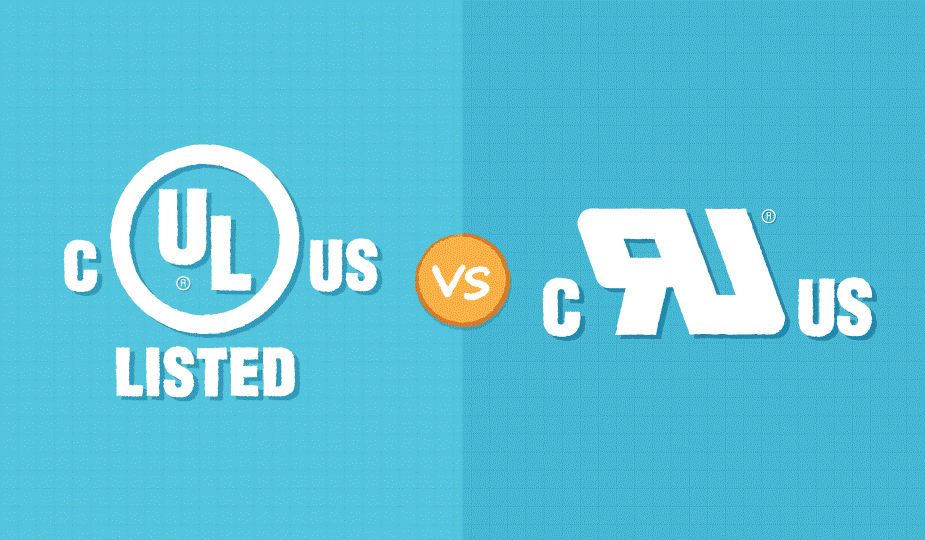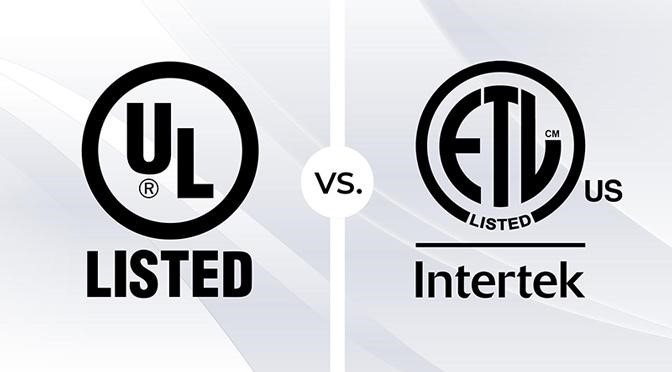Understanding UL Recognized vs UL Listed
Overt Semantics
Oftentimes, in our little world of Motorized Drive Roller, especially when MDR technology happens to be new to a particular user or specific industry, the subject will come up and someone will ask: “Hey, are your guys’ stuff UL certified?”
I really don’t like to get into overt discussions about semantics and terminology. (Who am I kidding? I love to get into overt discussions about semantics and terminology!) However, technically there is no such thing as a product or device being UL certified. A device can either be UL Listed or UL Recognized. That’s it.

Typically, when we think of a device being UL certified, we actually are thinking UL Listed. This designation is for a complete appliance or device that can be installed in the field (or your home) that when powered, per manufacturer’s direction, will be reasonably safe from fire or electrocution. A device that is UL Recognized is considered a “recognized component” that may or may not be safe depending upon how it is used.
An invaluable reference for this article can be found from UL at the following link: https://legacy-uploads.ul.com/wp-content/uploads/2014/04/ul_RecognizedComponentMarks.pdf
The referenced UL document gives this analogy: think of a car as a UL Listed item and its engine as a UL Recognized item. For us controls-engineer types, motor starters, fuses, relays and such in a control panel are UL Recognized devices, but only the finished control panel can ever be UL Listed, and that is dependent upon how the recognized components are installed, wired and intended to be used.
Also, when a device is marked as UL Listed, this means that production samples of the device were put to laboratory testing based upon a particular UL testing specification and procedure. There are many UL testing specifications and procedures depending upon the exact nature and intended use of the device. A UL Recognized device is subject to a reduced set of tests and requirements. For example, UL508C is a standard for adjustable speed drives. A device can be UL Listed or UL Recognized to this specification. However, the testing and documentation requirements are less stringent for the UL Recognized device.
Lab Work
Another source of confusion can be in the actual marking that you see on the device. Even though UL is the de facto standard for the specifications, there are other entities that have laboratories and can test and certify that a device passes based upon a particular UL standard. One such entity is Electrical Testing Laboratories (ETL) which is a division of Intertek Testing Laboratories. Oftentimes, you will see the ETL mark instead of, or in addition to, the UL mark.

An ETL mark means that the device was tested and passed a certain UL specification, but ETL did the testing and not UL labs. At the end of the day, UL and ETL are businesses and charge money to have devices tested, and they compete with each other for this business. Depending upon the device, specification, and timetable to get the work done, one or the other may be the right choice for a particular customer. Another consideration is that, regardless of the testing lab, it is almost always less expensive and quicker to get a device UL or ETL recognized because of the less stringent testing and documentation requirements.
In any case, the two markings, whether they be “Listed” or “Recognized” are equivalent from a technical standpoint. For example, our PULSEROLLER Senergy brand MDR is ETL listed to UL specifications 1004-1 (rotating electrical machines) and 1004-8 (inverter duty motors). Intertek did the actual testing, so we include the ETL mark, but the specifications used were from UL.
Hopefully, after reading this you are a “certified” (no overt semantic jab intended) member of those in the know regarding the difference between UL Listed and UL Recognized.
